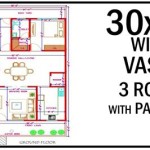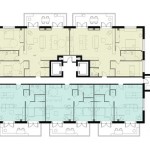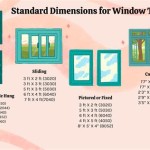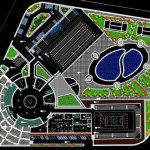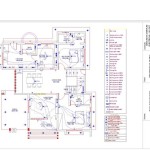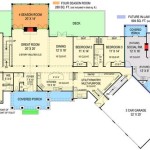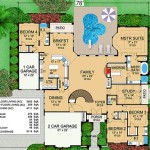Tiny Round House Plans: A Comprehensive Guide to Essential Features
Tiny round houses, characterized by their distinctive circular shape, offer a unique and efficient approach to sustainable living. These compact dwellings prioritize space utilization, minimizing environmental impact while providing all the necessary amenities for comfortable habitation. Understanding the essential aspects of tiny round house plans is crucial for those considering this alternative housing option.
1. Structural Integrity and Building Code Compliance
Tiny round houses must adhere to local building codes and standards, ensuring structural stability and safety. The circular design poses unique challenges that require careful planning and engineering. Builders must consider load distribution, wind resistance, and seismic activity to ensure the structure can withstand external forces.
2. Space Planning and Flow
Space planning is paramount in tiny round houses, as every inch of space must be optimally utilized. Circular layouts promote efficient movement and minimize wasted space. Kitchens and bathrooms are often centrally located, with living and sleeping areas arranged around them. Windows and skylights should be strategically placed to maximize natural light and ventilation.
3. Material Selection and Insulation
Building materials should be carefully selected to balance strength, durability, and insulation. Insulated walls and roofing are essential to maintain a comfortable living environment, especially in extreme weather conditions. Sustainable and eco-friendly materials, such as recycled timber, bamboo, or rammed earth, are often preferred for tiny round houses.
4. Heating and Cooling Systems
Energy efficiency is a fundamental consideration in tiny round houses. Passive design strategies, such as orientation, insulation, and airtightness, should be prioritized to reduce heating and cooling needs. Renewable energy sources, like solar panels or geothermal systems, can supplement traditional heating and cooling systems.
5. Loft Design and Accessibility
Many tiny round houses incorporate a loft for additional sleeping or storage space. Careful attention must be paid to accessibility, with ladders or stairs designed for ease of use. The loft should be well-ventilated and provide adequate headroom to avoid a cramped or uncomfortable atmosphere.
6. Natural Lighting and Ventilation
Natural lighting and ventilation are crucial for the comfort and well-being of occupants. Large windows, skylights, and clerestory windows can bring ample daylight into the interior, reducing the need for artificial lighting. Passive ventilation techniques, such as cross-ventilation and natural stack effect, should be incorporated to maintain fresh air circulation.
7. Water Management and Storage
Tiny round houses can be designed with rainwater harvesting systems to collect and store rainwater for non-potable use. Efficient plumbing fixtures and low-flow appliances can minimize water consumption. Off-grid or eco-friendly water treatment systems may be necessary if the house is located in remote areas without access to municipal water supply.
By considering these essential aspects, architects and builders can create tiny round house plans that are both functional and sustainable. These unique and efficient dwellings offer an alternative lifestyle, promoting a connection with nature and a more responsible approach to housing.

Tiny House Plans Small Home Floor Blueprints Micro Designs Round

Roundhouse Floor Plans Round House Tiny

Round House Building Plans With Photos

Two Bedroom Roundhouse

Round Floor Plan For A Two Bedroom Cabin Small House Blueprints Plans

Round Homes Continental Kit

27 Adorable Free Tiny House Floor Plans Craft Mart

Would Living In A Round House Be Awesome Or It Suck Core77

Floorplan Gallery Round Floorplans Custom Tiny House Floor Plans

Floor Plans Www Dome Homes Com Home Round House

